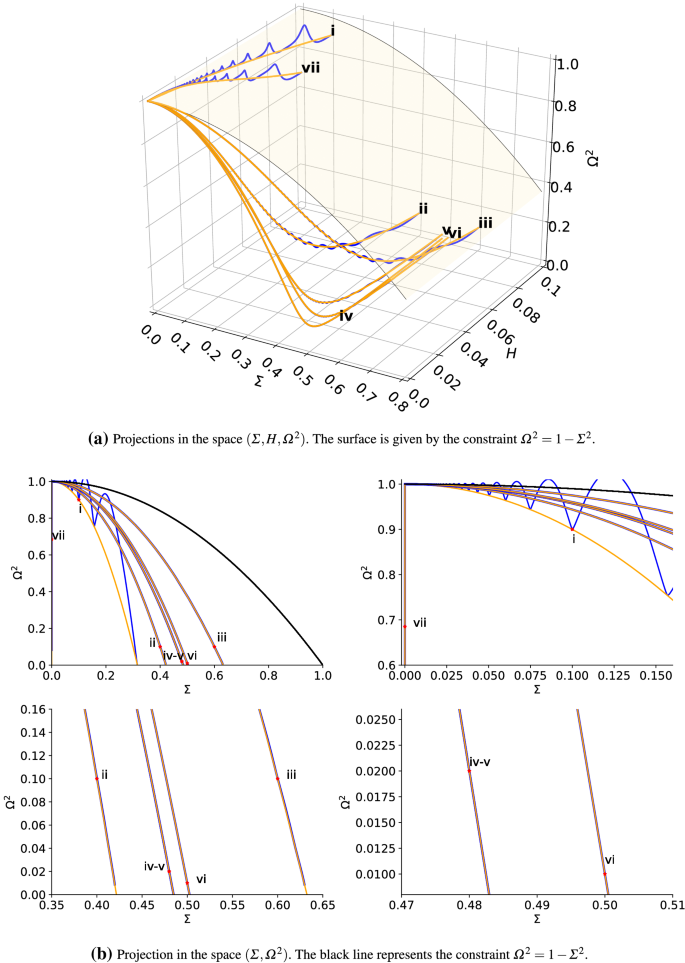

The portions of surface and subsurface runoff that reach the local channel network within a grid cell are assumed to be > the portions that cross grid cell boundaries into neighboring cells.Non-channel flow between grid cells is ignored.Water can only enter a grid cell via the atmosphere.Land-atmosphere fluxes, and the water and energy balances at the land surface, are simulated at a daily or sub-daily time step.precipitation, air temperature, wind speed, radiation, etc.) Inputs are time series of sub-daily meteorological drivers (e.g.elevation, land cover) is handled via statistical distributions The land surface is modeled as a grid of large (>1km), flat, uniform cells.As such, it shares several basic features with the other land surface models (LSMs) that are commonly coupled to global circulation models (GCMs): The VIC model ( Liang et al., 1994) is a large-scale, semi-distributed hydrologic model. Those enhancements are described in Hamman et al, 2018. Relative to VIC-4, this version includes many infrastructure improvements. You are viewing the documentation for VIC version 5 (VIC-5). Temperature Heterogeneity: "Spatial Frost".


 0 kommentar(er)
0 kommentar(er)
